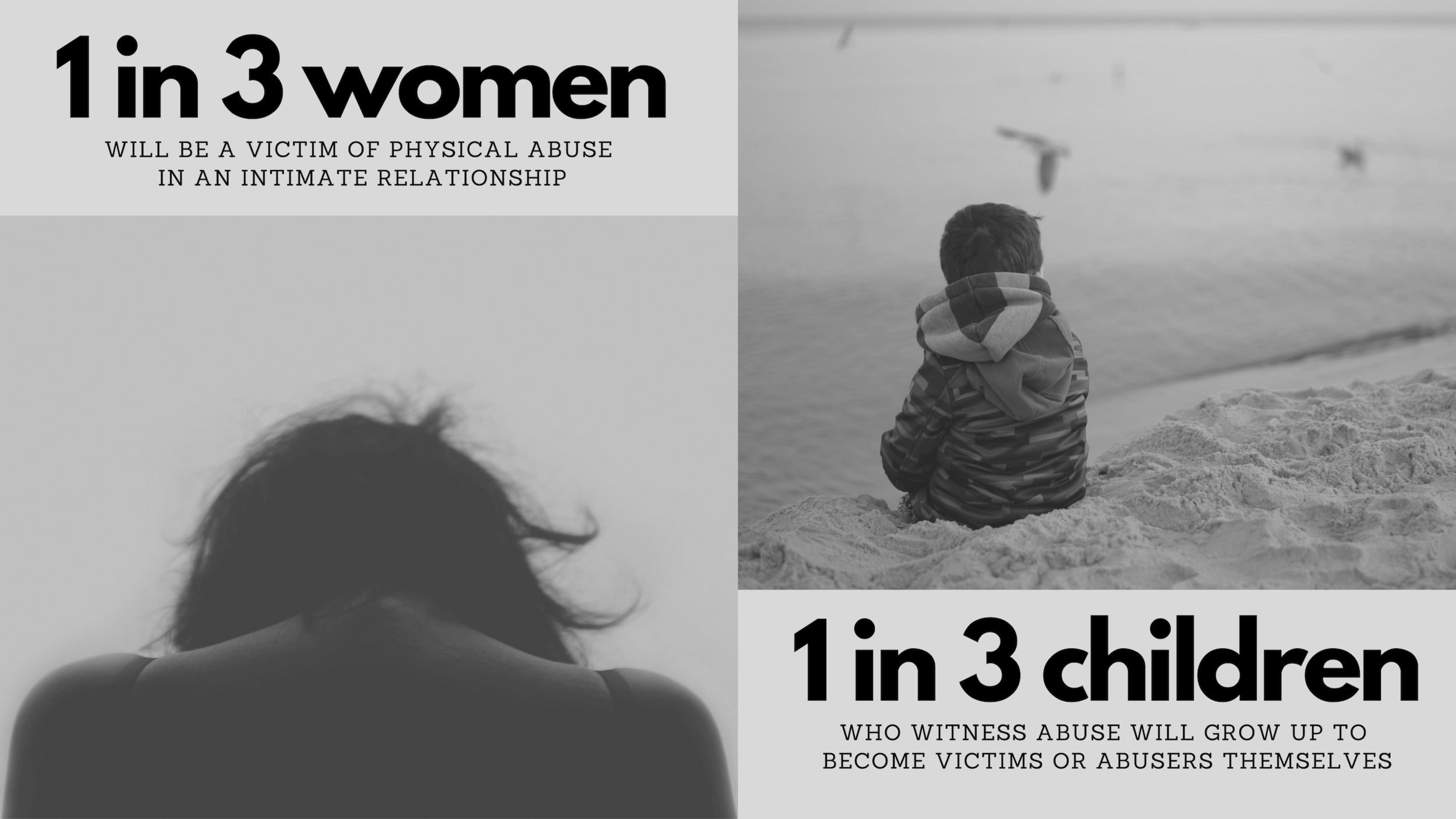Domestic Violence 101
Domestic violence is : The intentional and consistent use of power to control an intimate partner through means such as physical, verbal, sexual and financial attacks. It includes any behaviors that intimidate, manipulate, humiliate, isolate, frighten, terrorize, coerce, threaten, blame, hurt, injure, or wound their partner—or someone their partner loves.
Domestic violence happens to men too but the overwhelming majority of victims are female (85-95%). It happens at the same rate in gay couples as in straight.
Emotional and verbal abuse generally get worse over time and always has the potential to turn into physical abuse which also gets worse over time.
Emotional abuse (yelling, swearing, waking her up in the middle of the night, constant criticism, demeaning, degrading treatment) chip away at her self-esteem and sense of identity. Typically the periods of emotional/physical violence get more frequent over time, the periods of peace get shorter and the cycle of abuse becomes a downward spiral ending eventually in either death or total subjugation (annihilation of the woman’s spirit, self-esteem and identity).
Financial abuse and emotional abuse are very common in affluent communities. A woman may have a high-powered job outside the home and still be forced to turn her paycheck over to her abusive partner. She may be put on a strict allowance and punished for over-spending. Her abusive partner may hide assets from her.
The most dangerous times for a woman in an abusive relationship are:
when she is pregnant (he may see the baby as an intruder and competition for his attention).
when she tells her abuser she is leaving ( it is very important for her to give no sign that she is thinking of leaving–he may also empty the joint accounts in response).
for the first 2 years after leaving.
There are lawyers and counselors who are skilled in the area of domestic violence (see my interactive directory). It’s very important to deal with providers who are skilled in this area. Affluent abusers often have the money, power, influence, public image, and technical expertise to make it hard for a woman to leave safely, keep custody of her children, and get a fair settlement. It’s important for her to surround herself with a team of skilled providers. Her abusive partner will certainly have a strong team of support around him.
California is a community property state. Regardless of what her abuser tells her, even if she has never worked and spent all their married life at home raising their children, she is entitled to half of the community assets–she helped her husband earn them by looking after the home and children.
Some women stay “for the sake of the children”. Often it is safer and healthier to leave for the sake of the children. Domestic violence advocate and author Lundy Bancroft asks the question, “Can a man be a good father if he is not also a good husband?” And his answer is No, because part of being a good father is teaching your child how to treat his mother, how to treat a wife, how to treat women. Exposing children to an abusive parent, even if that parent does not abuse the child directly, will still do damage to that child and often ends up turning the child into a victim or abuser when they grow up.
There are physical and emotional health consequences for children and adults from living with abuse: depression, anxiety, PTSD, rheumatoid arthritis, stroke, heart disease, etc.. Over time, abuse destroys the body, the mind, the spirit. Children are the hidden victims of abuse, especially in divorce, and can end up in the custody of an abusive parent. Incest/sexual abuse of children is 4-6 times higher in homes where there is abuse (See Lundy Bancroft’s website for references: http://www.lundybancroft.com/?page_id=289). Women need skilled legal representation to protect their children.
There is never an excuse for abuse. It is never her fault. She does not ever deserve it. She is not the cause of someone else’s violent behavior. She can change her life and start to take her own power and control back. She doesn’t have to do it alone. Every woman–and every child– has the right to a safe and healthy life.


